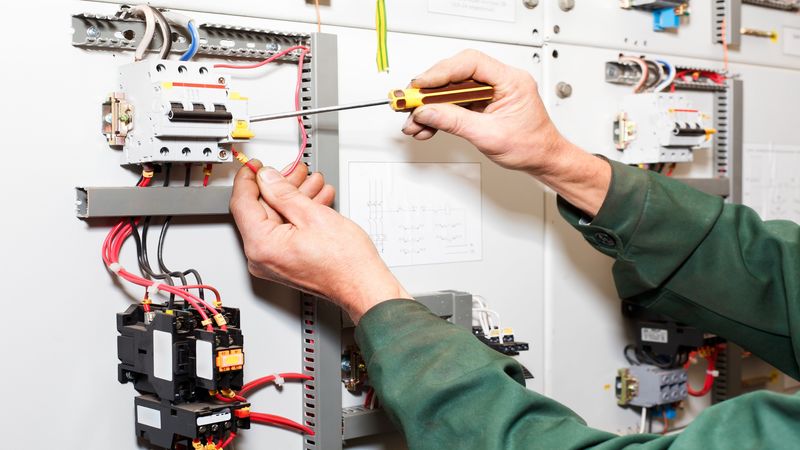In today’s fast-paced manufacturing and materials analysis sectors, the demand for accurate and efficient quality control has never been higher. Companies are constantly seeking advanced solutions to streamline operations, reduce errors, and maintain high product standards. One technology that has become increasingly vital for these purposes is the XRF X-ray tube, a tool gaining attention for its ability to transform quality control protocols across a wide range of industries.
Understanding the Role of XRF X Ray Tube in Quality Control
An XRF X-ray tube is at the heart of X-ray fluorescence (XRF), a technique used to determine the elemental composition of materials quickly and non-destructively. By emitting controlled X-rays, this tube excites atoms in a sample, causing them to fluoresce and emit secondary X-rays. These emissions are then analyzed to identify and quantify the elements present. This process is invaluable for manufacturers who need rapid and accurate data to ensure compliance with safety, environmental, or performance standards.
Key Benefits of Integrating XRF X Ray Tubes into Your Workflow
Integrating an XRF X Ray Tube into your quality control workflow comes with a multitude of advantages:
- Non-Destructive Testing: Unlike some traditional methods, XRF analysis preserves the integrity of the sample, enabling repeated or ongoing assessments without waste.
- Fast, Accurate Results: XRF systems can deliver results within seconds, enabling real-time quality control and reducing production bottlenecks.
- Versatility: Suitable for solids, powders, and liquids, this technology is adaptable across industries such as metal fabrication, pharmaceuticals, mining, and electronics.
- Minimal Sample Preparation: The process often requires little to no sample preparation, saving both time and resources.
- Cost-Effectiveness: Reduced sample destruction, minimal chemical usage, and rapid throughput can result in significant cost savings over time.
Practical Steps for Seamless Integration
To fully realize the benefits of XRF X Ray Tube technology, it is important to approach integration methodically:
- Assess Your Needs: Identify which workflow stages benefit most from rapid elemental analysis.
- Choose the Right Equipment: Evaluate available XRF systems based on sample types, throughput requirements, and desired analytical precision.
- Train Your Team: Ensure staff members are properly trained to operate the equipment and interpret results accurately.
- Establish Standard Operating Procedures: Develop clear protocols for routine testing, calibration, and maintenance to maximize efficiency and reliability.
- Monitor and Optimize: Regularly review quality control data to identify opportunities for further process improvements.
Common Quality Control Applications
The flexibility of XRF X Ray Tubes means they can be applied in numerous quality control scenarios, such as:
- Verifying alloy compositions in metal manufacturing.
- Detecting trace contaminants in food and pharmaceuticals.
- Ensuring regulatory compliance in electronics (e.g., RoHS).
- Monitoring mineral content in mining operations.
By leveraging these capabilities, organizations can proactively address quality issues before they impact final products, customer satisfaction, or regulatory compliance.
Integrating advanced solutions, such as the XRF X-Ray Tube, into quality control processes empowers businesses to maintain high standards while optimizing efficiency. For those seeking a reliable partner in XRF technology and workflow integration, Micro X-Ray Inc. stands out as a dependable choice, offering expertise and support tailored to diverse industry needs.


